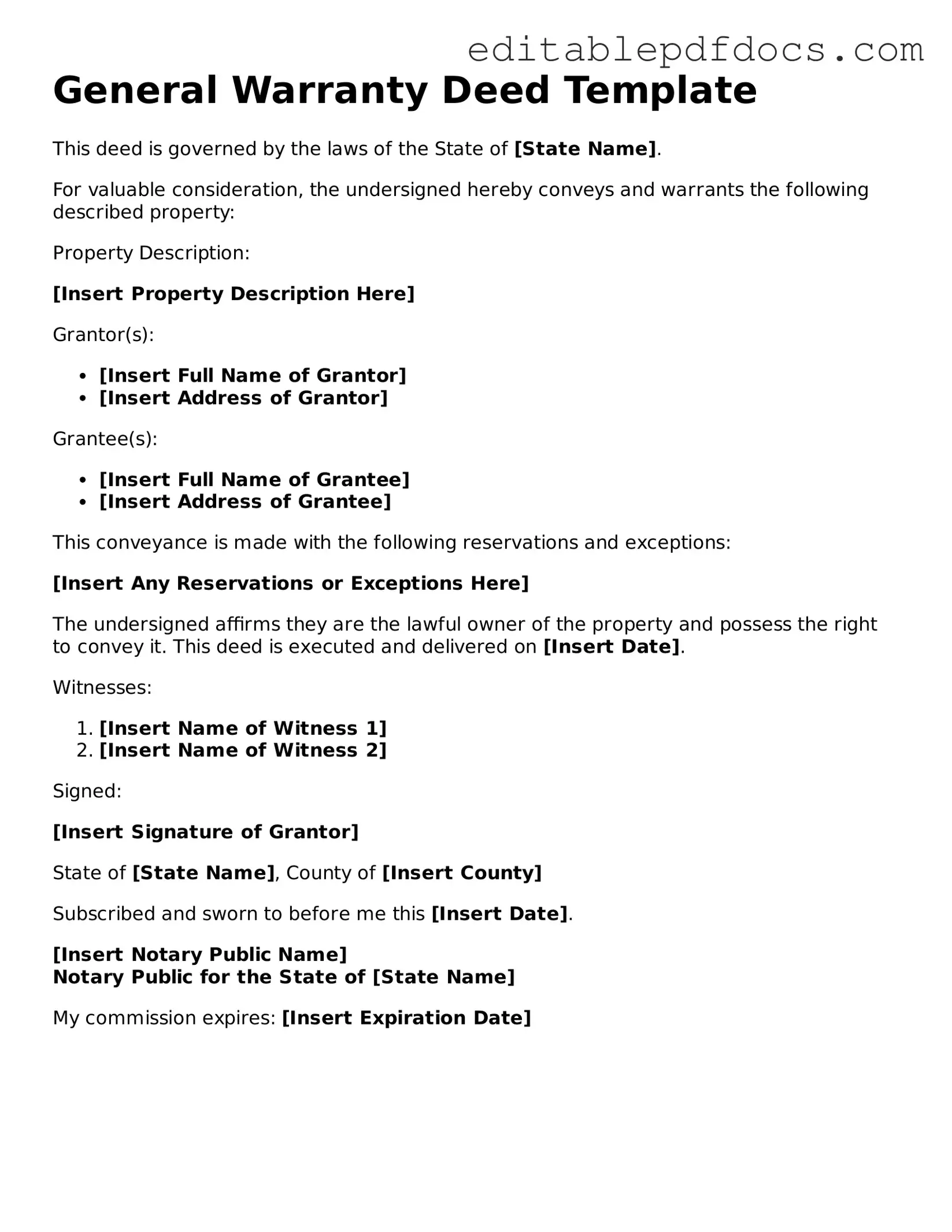Filling out a Deed form correctly is essential for ensuring that property transfers are legally valid. One common mistake is failing to include all required parties. When a property has multiple owners or involves heirs, it is crucial to list everyone involved in the transaction. Omitting a party can lead to disputes later.
Another frequent error is incorrect property descriptions. The legal description must be precise and match public records. Using vague terms or outdated information can create confusion and may invalidate the Deed. Always verify the details against the property’s title or tax records.
People often neglect to sign the Deed. Without the necessary signatures, the document is not legally binding. All parties involved must sign in the appropriate places. It is also important to ensure that the signatures are notarized, as many jurisdictions require notarization for the Deed to be valid.
Some individuals make the mistake of using the wrong type of Deed. Different types of Deeds serve different purposes, such as warranty Deeds, quitclaim Deeds, and special purpose Deeds. Choosing the wrong type can affect the rights and obligations of the parties involved.
Another mistake is failing to check local laws and regulations. Property laws can vary significantly by state and even by county. It is important to be aware of any specific requirements or forms that may be needed in your jurisdiction.
People sometimes overlook the need for witnesses. Certain states require witnesses to sign the Deed. Not including witnesses when required can render the document invalid. Always check the specific requirements for your state.
Inaccurate dates can also pose a problem. The date on the Deed should reflect when the transaction occurs. An incorrect date can lead to complications in property records and may affect the validity of the transfer.
Another common error is failing to record the Deed. After completing the form, it must be filed with the appropriate government office, usually the county recorder's office. Not recording the Deed can lead to issues with ownership claims in the future.
Some individuals might forget to include any relevant attachments or additional documents. If there are easements, covenants, or other agreements related to the property, these should be referenced or attached to the Deed to avoid misunderstandings.
Lastly, many people do not seek legal advice when needed. While it is possible to fill out a Deed form independently, consulting a legal professional can help ensure that all aspects of the property transfer are handled correctly. This can prevent future legal issues and provide peace of mind.
